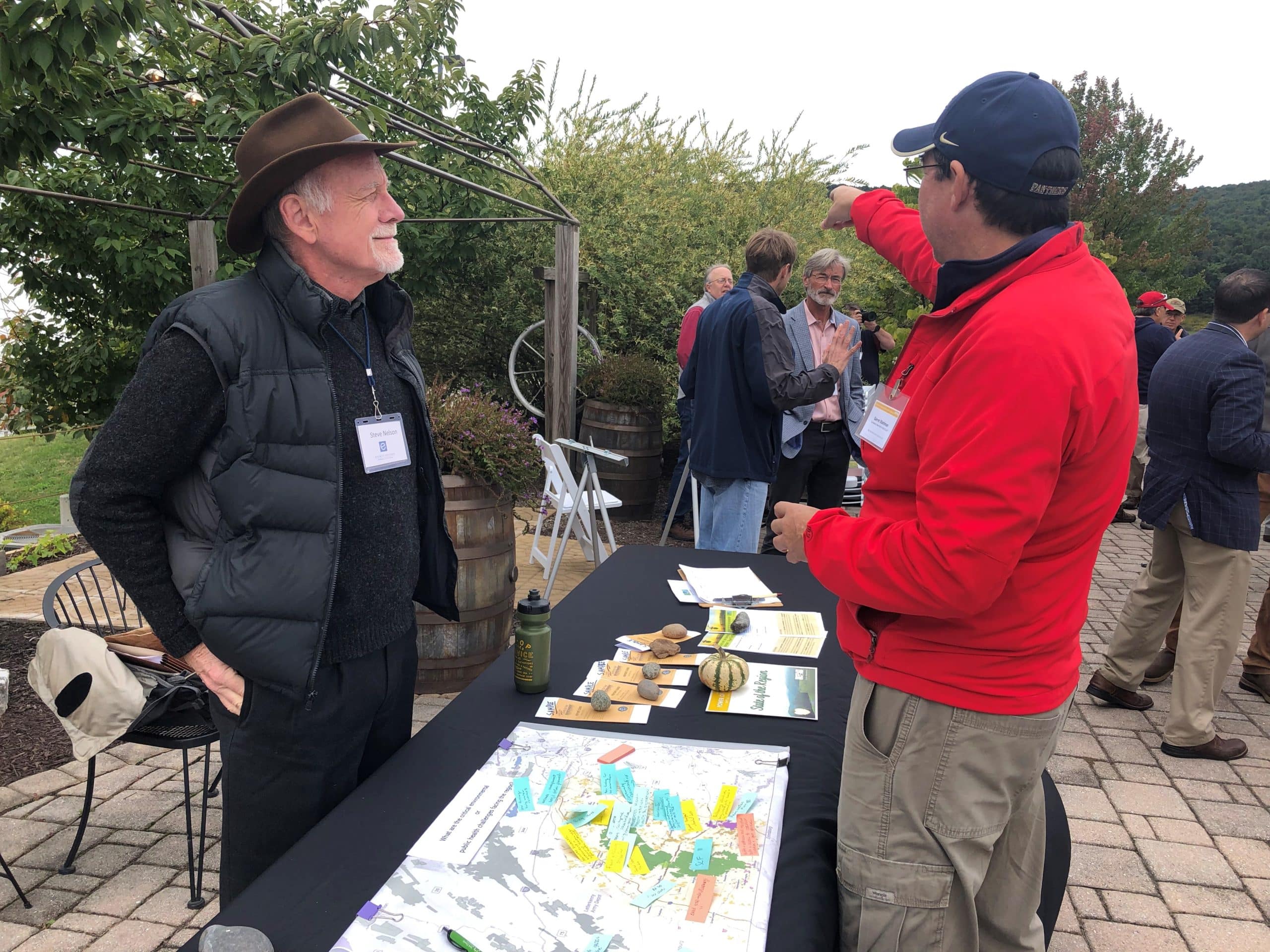State of the Region Report Card is underway!

How are we doing? We wondered the same thing! So naturally, we are excited to share with you that the South Mountain Partnership has begun the inaugural State of the Region Card.
We know the region has an abundance of resources – natural, cultural and historic, agricultural and recreational, and all contribute to making the South Mountain region a special place, but we asked ourselves, “what are we doing to continue to improve the quality of life and place in the South Mountain region?”
The Report Card is an opportunity to assess the quality of the South Mountain landscape in these areas and others . Working closely with our partner counties – Adams, Cumberland, Franklin and York – the report will help provide observations and identify trends, and challenges across the region to help focus the process. It will tell us about our region’s current public and environmental health across a variety of topics and establish actions that residents, municipal officials, nonprofit organizations, and businesses can take to improve our region for a healthier future.
The process will be based in research and community input and result in a report that serves as the basis for the State of the Region Report Card and will be distributed throughout the region. The Report Card is also an opportunity to engage stakeholders and businesses that depend on the quality of nature-based assets like soil, rivers, streams, and woodlands.
In addition to the State of the Region Report Card, the South Mountain Partnership will provide an Interactive Map as a hands-on tool to engage and explore the region. And finally, an online Story Map that uses geographic information will be created that combines data with photos, video, audio, and text to visualize the findings. Story maps are for nontechnical audiences to help them understand the observations and how trends, and challenges impact them on a personal level.
The process will take about a year, but the final result will be a series of tools to help nature conservancies, communities, elected officials, and economic development organizations make decisions to sustainably boost the region’s health and economy.
